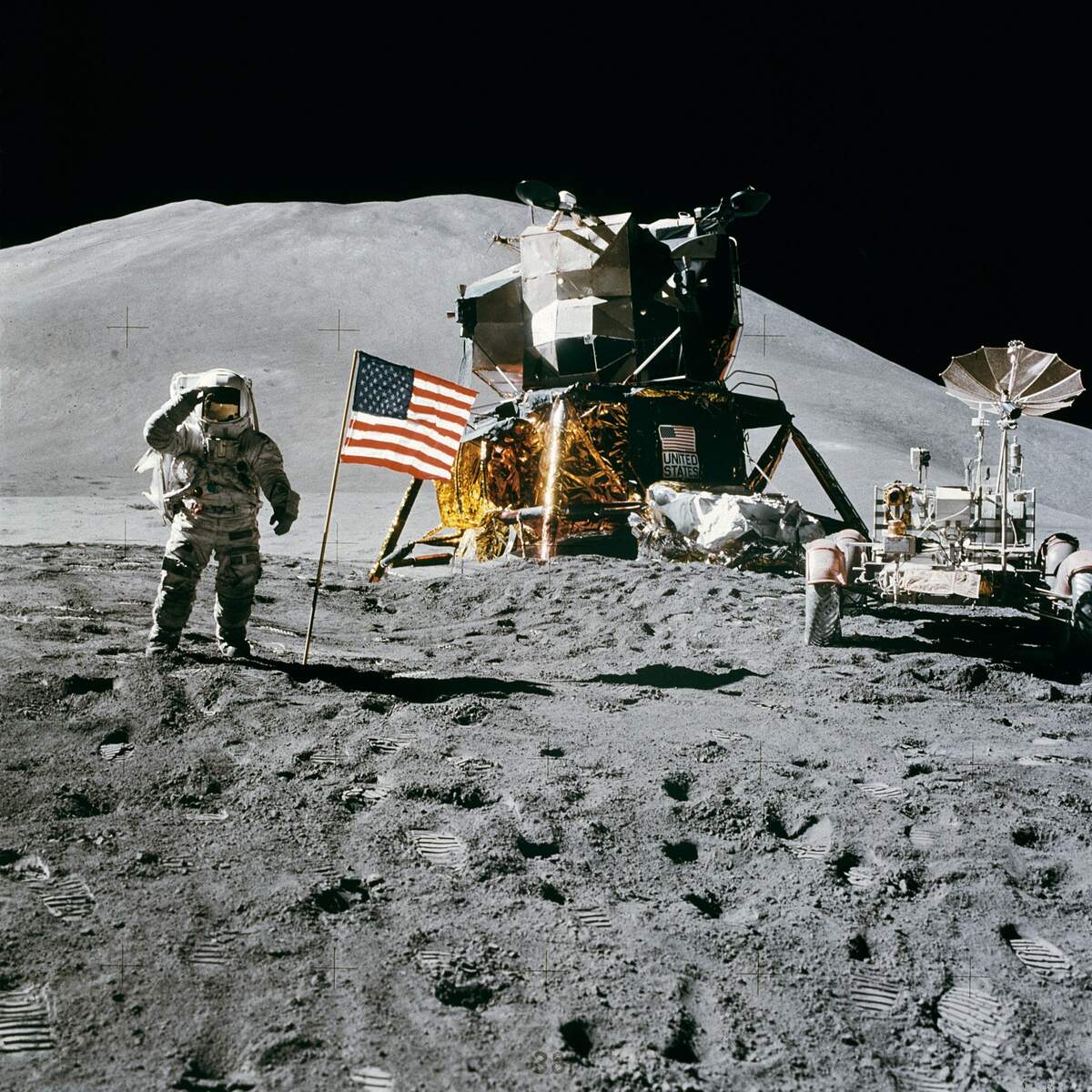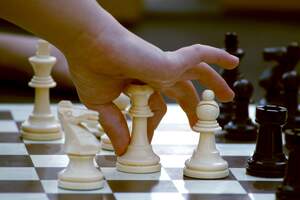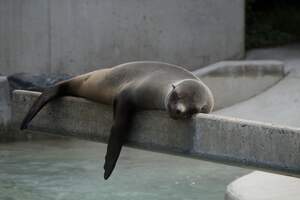

Moon Day
Also known as
National Moon Walk Day
Observed
annually on July 20th (since 1971)
Dates
Founded by
President Richard Nixon on July 20th, 1971
Hashtags
Sources
http://archive.lib.msu.edu/DMC/state_news/1973/state_news_19731130A.pdf
http://www.pearsonlearningnews.com/how-to-make-the-most-of-national-moon-day/
https://newspaperarchive.com/coshocton-tribune-jan-09-1974-p-9/
https://www.history.com/topics/apollo-11
https://www.holidayinsights.com/moreholidays/July/moonday.htm
https://www.nasa.gov/mission_pages/apollo/apollo11.html
https://www.presidency.ucsb.edu/documents/proclamation-4067-national-moon-walk-day
Moon Day celebrates the anniversary of the day in 1969 when humankind first walked on the Moon. The Apollo space program had begun under the Eisenhower administration, but a tightened focus on placing a man on the moon before the end of the 1960s occurred after President John F. Kennedy gave a speech before a joint session of Congress, on May 25, 1961, during which he said, "I believe this nation should commit itself to achieving the goal, before this decade is out, of landing a man on the Moon and returning him safely to Earth." This speech was given in the context of the Cold War when the United States was still behind the Soviet Union in the space race but wanted to beat them in landing a man on the Moon.
Over the course of the decade, the United States placed itself on the trajectory to complete a Moon landing, by making progress with the Apollo program. The first unmanned Apollo mission took place in 1966 and tested the launch vehicle—the Saturn rocket—with a spacecraft. Tragedy struck on January 27, 1967, when a fire at a launch rehearsal of Apollo 1 killed three astronauts. The first manned Apollo mission, Apollo 7, took place in October 1968. The spacecraft orbited Earth and tested things that would be needed to journey to the Moon and land on it. Apollo 8 of December 1968 brought three astronauts to the dark side of the Moon. Apollo 9 of March 1969 tested the lunar module for the first time. In May of 1969, the Apollo spacecraft went around the Moon, in a trial run of the Moon landing.
On July 16, 1969, at 9:32 am Eastern standard time, three astronauts launched into space, from Launch Complex 39A at Cape Kennedy Space Center in Florida. The crew of Apollo 11 consisted of Neil Armstrong—the mission's commander, as well as Edwin "Buzz" Aldrin Jr. and Michael Collins. Their spacecraft, powered by a 363 foot Saturn V rocket, reached the Earth's orbit in about 12 minutes. After orbiting Earth one and a half times, the astronauts were given the go-ahead to begin heading to the Moon. Three days later, on July 19, they reached the lunar orbit, after going about 240,000 miles in 76 hours.
Collins stayed in the command module,Columbia, while Aldrin and Armstrong went into the lunar module, Eagle. At 1:46 pm on July 20, the Eagle detached from the command module, and two hours later it began its descent. With only 30 seconds of fuel left, the module touched down on the Moon at 4:18 pm, on what became known as Tranquility Base, on the southwestern edge of the Sea of Tranquility. Armstrong spoke to mission control (located in Houston, Texas), saying "Houston, Tranquility Base here. The Eagle has landed."
At 10:39 pm, the module's hatch was opened, and 17 minutes later, over half a billion people watched on television as Neil Armstrong climbed down the ladder and became the first human to plant his foot on the Moon. "That's one small step for a man, one giant leap for mankind," he proclaimed. Aldrin joined him 19 minutes later, and described the Moon's surface as "magnificent desolation." They collected samples, did scientific tests, and took photographs. They planted an American flag, left behind a patch that honored those who perished in Apollo 1, and left a plaque that said, "Here men from the planet Earth first set foot upon the Moon. July 1969 A.D. We came in peace for all mankind." They even received a phone call from President Nixon. At 1:11 am they were back in the lunar module, and then spent the night sleeping on the Moon's surface.
The following afternoon, the lunar module made its way back to the command module, docking there at 5:35 pm. All three astronauts began their journey back to Earth at 12:56 am on July 22. They splashed down southwest of Hawaii in the Pacific Ocean, at 1250 pm on July 24.
Ten more astronauts made it to the Moon after them, as part of five more landings—Apollo's 12, 14, 15, 16, and 17. Apollo 13 would have been a landing as well, but it had to be aborted. Gene Cernan, the last Apollo astronaut to stand on Moon, said as he left, "We leave as we came and, God willing, as we shall return, with peace, and hope for all mankind." This last manned Moon mission took place in December 1972.
When the Apollo program was still going, Senate Joint Resolution 101 was passed, requesting the President to issue a proclamation for National Moon Walk Day. President Nixon proclaimed the day with Proclamation 4067, commemorating the anniversary of the first Moon walk, as well as recognizing the many achievements of the national space program.
Nixon's proclamation was only for 1971, though, and some have since pushed for Moon Day to be a permanent national holiday. In the Spring of 1973, Richard Christmas of Lansing, Michigan, began a campaign for Moon Day. He contacted congressmen and legislators and sent letters to the governors of all 50 states, and to 200 mayors. He also sent a bill to Washington D.C. that he wanted President Nixon to sign. There have been more recent proponents, such as James J. Mullaney, the former curator of Exhibits and Astronomy at the Buhl Planetarium in Pittsburgh, who has said, "If there's a Columbus Day on the calendar, there certainly should be a Moon Day!" Although Moon Day is not yet a national holiday, many people celebrate the anniversary of the Moon landing on today's date.
How to Observe Moon Day
Here are some ideas on how to celebrate the day:
- Read a book about Apollo 11.
- Watch a documentary about the American space program, such as In the Shadow of the Moon or When We Left Earth: The NASA Missions.
- Watch a feature film that deals with space.
- Look at photographs from the Moon landing.
- Take photographs of the Moon.
- Visit a space museum or planetarium, such as the Smithsonian Air and Space Museum, the Kennedy Space Center, or the Adler Planetarium.
- Join an astronomy club.
- Eat some Moon Pies.





















